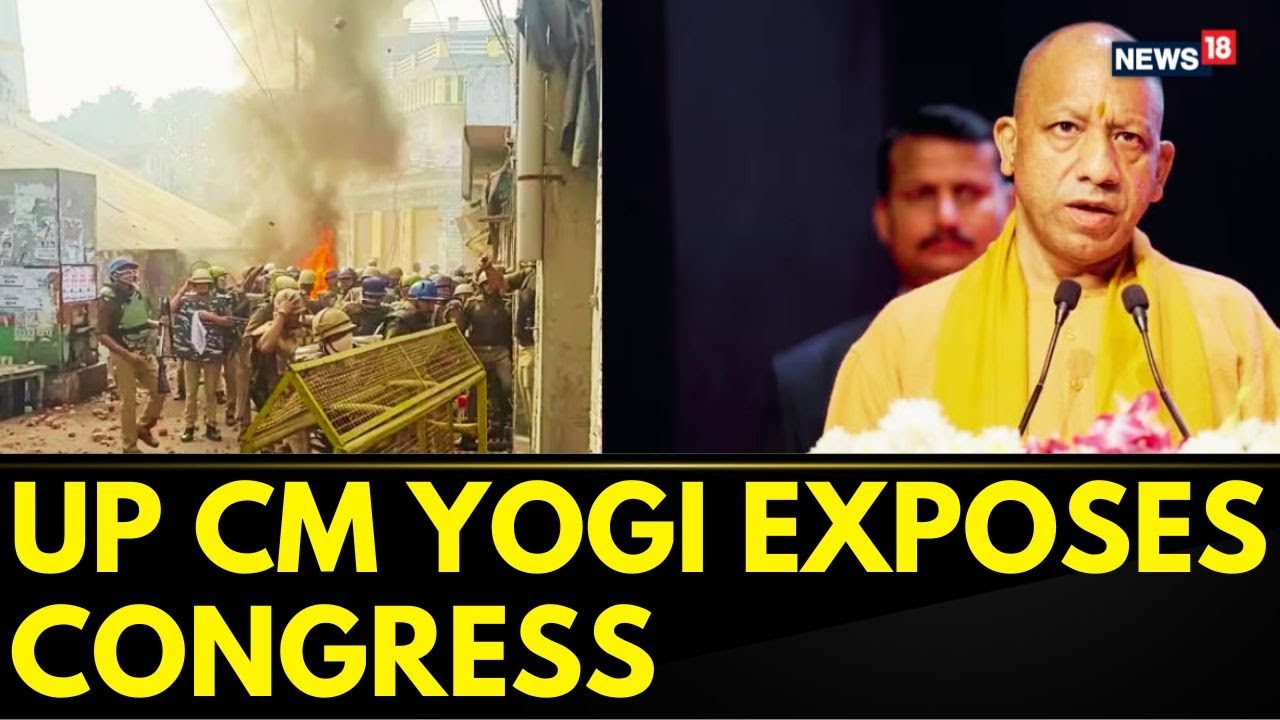After multiple water main breaks and floods across the country this summer, municipalities and experts are warning that urban flooding could become more common as Canada’s infrastructure ages.
“We have good infrastructure in Canada. The challenge is it’s aging and we’re not keeping up,” John Gamble, president of the Association of Consulting Engineering Companies of Canada, told CBC News.
A major water main break in Montreal on Friday triggered flooding and a boil water advisory — just the latest in a string of infrastructure failures that have happened in recent months.
In June, Calgary declared a state of local emergency and called on residents to cut their water consumption after the city’s main water feeder pipe failed.
Major storms that caused massive floods in the streets of Toronto over the last month raised questions about whether city infrastructure is built to withstand heavy rainfall. Vancouver experienced its own, less severe flooding in June, after a sewer main broke in the Olympic Village.
“Sadly, we’re going to see more of this instead of less … unless there’s a real full-press effort to proactively address some of the infrastructure challenges in this country,” Gamble said.
In June, the Federation of Canadian Municipalities (FCM) called on all three levels of government to convene a meeting to discuss threats facing municipalities, including crumbling infrastructure.
“Municipalities own approximately 60 per cent of the infrastructure in this country and yet when it comes to taxes, we get less. Eight to 10 cents of every tax dollar that’s collected goes to municipalities,” Geoff Stewart, president of the FCM, told CBC News.
Stewart said the funding model for municipal infrastructure maintenance is badly outdated and hasn’t accounted for factors like rapid population growth and climate change.
“It was never designed to deal with this massive infrastructure that we have. It was never designed to deal with climate change and climate adaptation and all these things. And it’s putting a very heavy burden on municipalities,” he said.
Matti Siemiatycki, director of the Infrastructure Institute at the University of Toronto, spoke to CBC’s Front Burner about why cities across the country seem to be crumbling — and what can be done about it.
Mary Rowe, president of the Canadian Urban Institute, agreed that infrastructure maintenance is an unfair burden for municipalities.
“I think the dilemma that we have in this country is that we have a funding system that puts municipal governments at the very end of the pipe,” she said. “They basically get whatever filters down to them.”
One issue facing municipalities, Gamble said, is the fact that their water infrastructure was built using flood data that is now out of date due to climate change.
“As we’ve seen in recent years, we can no longer blindly rely on that,” he said.
Gamble and Rowe both said there is an urgent need to get all three governments working together on infrastructure repair and replacement.
“Infrastructure is capital-intensive and it’s hard to put that tax burden on the lowest level of government, which is why we need the three levels of government to get together on this,” Gamble said.
But Rowe pointed out the work of infrastructure maintenance and planning tends to outlive governments — and that makes it harder for those governments to engage.
“These are long-term things and political cycles are shorter. So I think it’s hard for politicians to be able to commit beyond their own mandate, beyond their own term,” she said.
“Going back over previous Conservative and Liberal governments we’ve seen some very generous, very substantial infrastructure programs. However, we’ve seen a pattern that one will usually end before anyone starts talking about the next program,” Gamble said.
National assessment needed ASAP, expert says
A key step toward tackling the issue would be to launch a national assessment to identify Canada’s long-term infrastructure needs, Gamble said. He pointed to the commitment the federal Liberal government made in 2021 to present such a national assessment — a commitment that has not yet been fulfilled.
“It can’t come soon enough because that’s going to result in very good public policy across not just infrastructure, but so many other elements of public policy [that] are dependent on … our infrastructure,” he said.
A spokesperson for Infrastructure Minister Sean Fraser said the government is still working on setting up an advisory board to conduct the national assessment.
“We are planning to establish that advisory body in the coming months, in keeping with recommendations during the public engagement that highlighted the importance of an evidence-based and transparent process,” a spokesperson for Fraser’s office said in an email.
Rowe agreed that a national assessment would be helpful but she fears some issues could get lost in the weeds.
“Maybe what we need to do is figure out how to get the right resources in place for municipal governments and regional alliances across the country and figure out what their priorities are, and then aggregate that into creating a national assessment,” she said.
“I worry sometimes that we just put out such a big, ambitious national pan-Canada goal and it’s so complex to try to navigate that and it’s expensive to do it and it’s laborious, versus actually making the problem smaller.”
Gamble said something still needs to be done soon to maintain Canada’s current infrastructure before it deteriorates entirely and becomes a far more expensive problem for all levels of government.
“It’s a lot more expensive to fix these problems after the fact,” he said.







